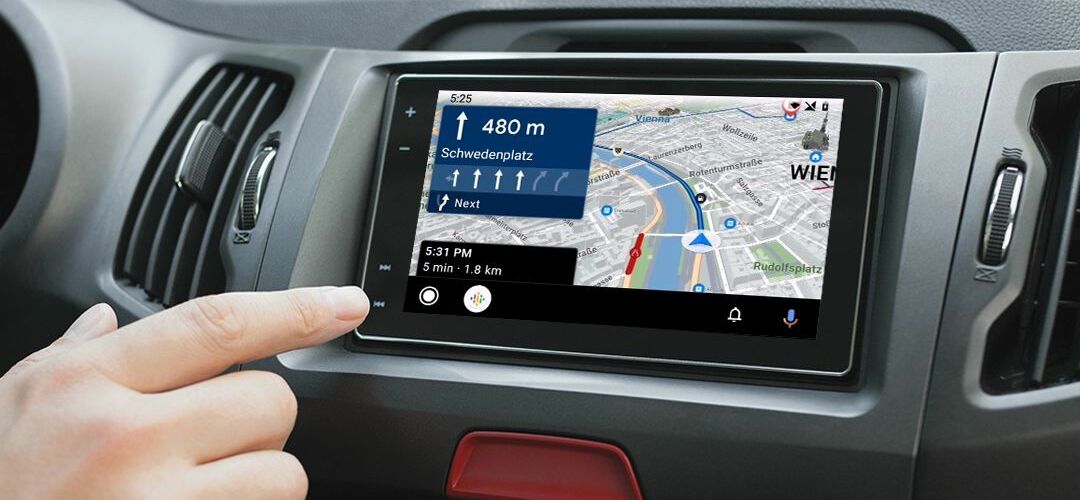Historically, car infotainment center software has been clunky. In a scenario where you need access to crucial features and functions fast and with minimal distractions, these apps were often bloated with intermediary screens, disclaimers, and splash screens that made them more of an annoyance than a convenience. They’re necessary if you don’t want to rely on one of the best tablet car mounts or your phone to get directions while driving.
Android Auto takes some of the best ideas of other apps and presents them in a manageable package. It’s a great replacement for relying on Maps on your phone for navigation or constantly fiddling with analog radio dials to find music. It’s also customizable, allowing you to surface the stuff you use frequently. Here’s how to get the most out of one of the best infotainment packages available.
One of the first things to do is shift the position of app icons on the apps list so that you can quickly get to the ones you use the most, be it Google Maps, your favorite music apps, or messaging so that you can check your texts and DMs with minimal distraction.
By default, Android Auto surfaces the apps you open the most. If you want quick access to anything else, adjust the order. There isn’t an option to adjust app placement in the Android Auto interface. However, it’s simple to do on a connected smartphone with the Android Auto app. Here’s how to change the layout of the Android Auto apps screen:
You can then select a simple alphabetical sorting, which arranges your currently installed apps from A to Z, or create a custom order. Choose Custom to drag the apps into the positions you like. If your phone is connected to your vehicle, the app order updates automatically.
The Android auto home screen is designed with an emphasis on navigation. Nearly half of it is dedicated to displaying navigation assistance when it’s active. The other side houses a drawer of widgets, giving you access to apps and functions without tapping through and navigating the dedicated apps screen.
An update to Android Auto unlocked the ability to choose which side each pane displays on. You can choose whether the widget drawer or the navigation should be closer to the driver. Unlike the custom sorting layout on the app screen, this can be done through the in-car Android Auto interface. Here’s how:
The following screen lets you toggle between Media closer to driver or Navigation closer to driver. The Media option shifts the widget pane closer to the driver’s side of the cabin, while Navigation shifts the map screen to the driver’s side.
If you want a quick aesthetic customization to make your Android Auto interface feel a little more your own (or crave a visual upgrade), swapping out the wallpaper can make an immediate impact. You can’t use a custom image as the wallpaper, but a fairly robust selection is included in the app, and you don’t need your phone to change them. Here’s how to switch wallpapers in the Android Auto in-car app:
The Settings app also gives you access to other options, including switching between Day and Night mode (or swapping automatically) or whether you want to display Taskbar widgets. The latter, for instance, displays playback controls in Spotify at the bottom of the screen at all times, not only when the widget/ or app is active.
Android Auto is one of the best ways to get quick directions, play your favorite music, or quickly access your messages with minimal distractions from the most important task: driving safely. You can personalize it with a few handy tweaks to suit your preferences.
It doesn’t stop there. Android Auto is packed with handy features beyond app access. Learn how to use Android Auto to find your parking spot in our handy guide.





